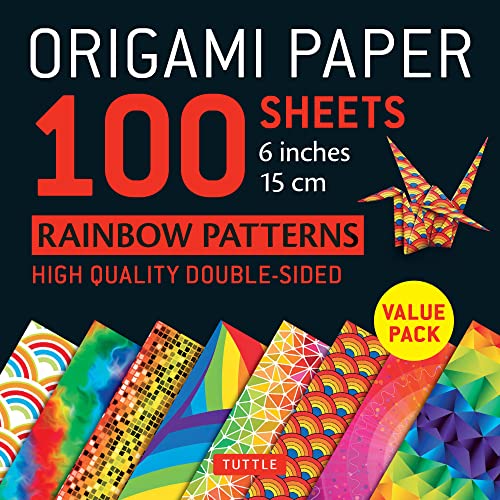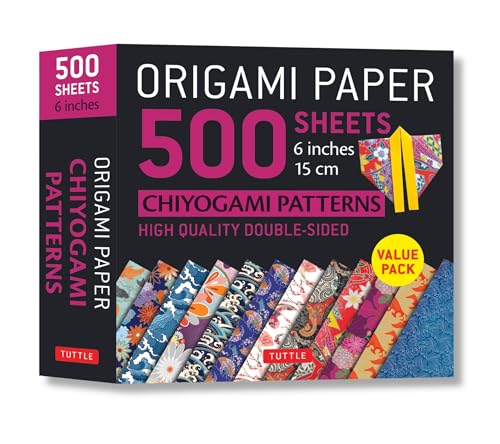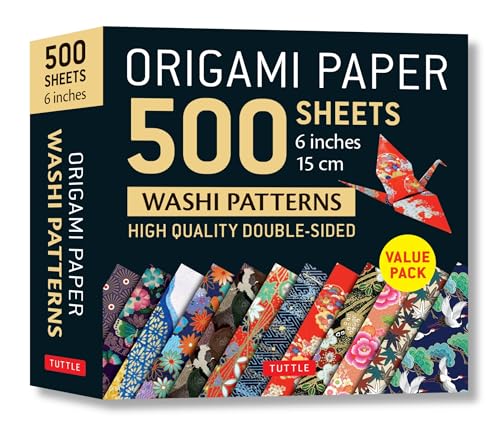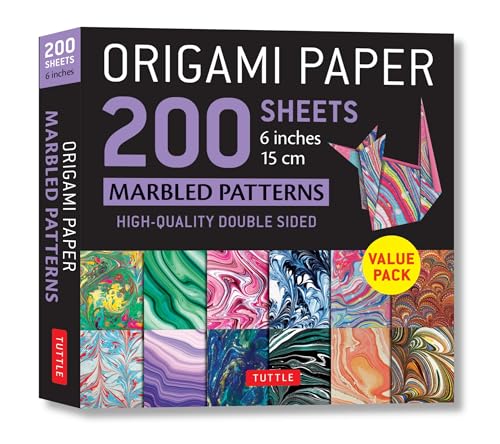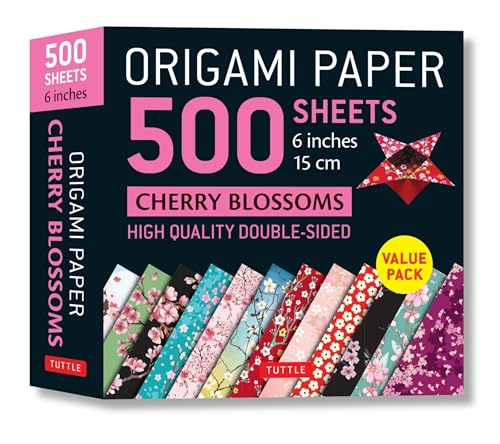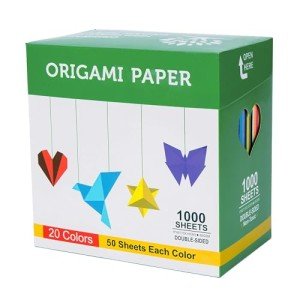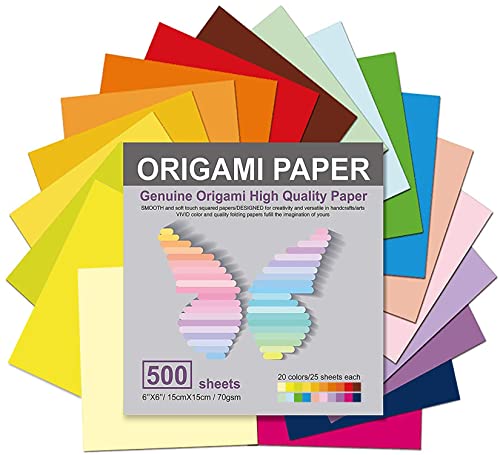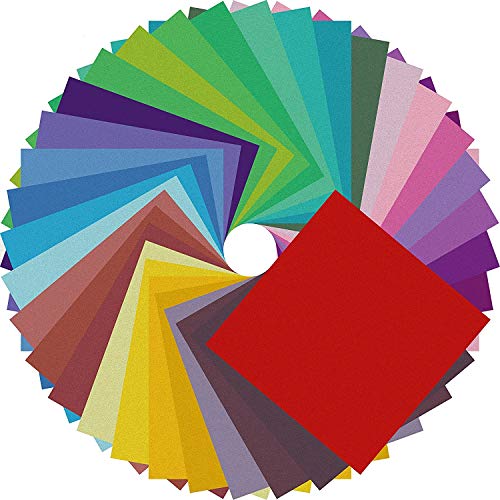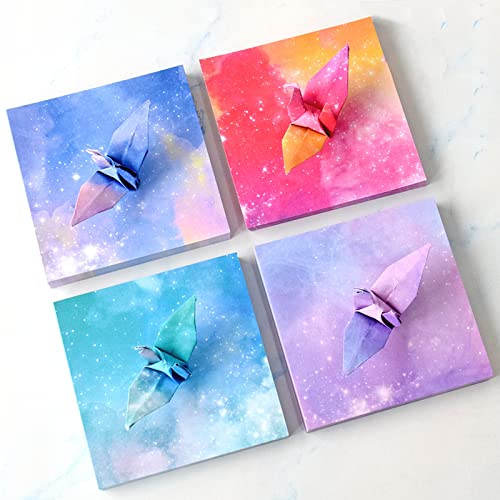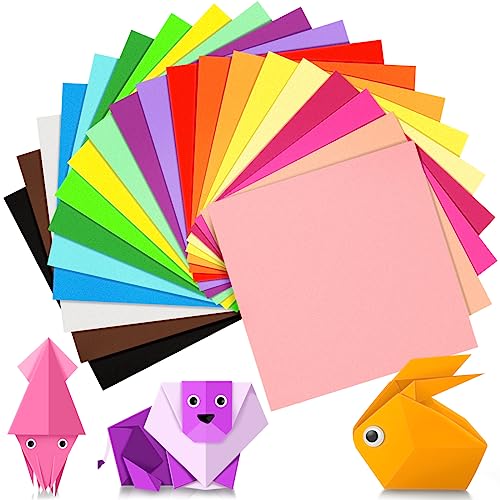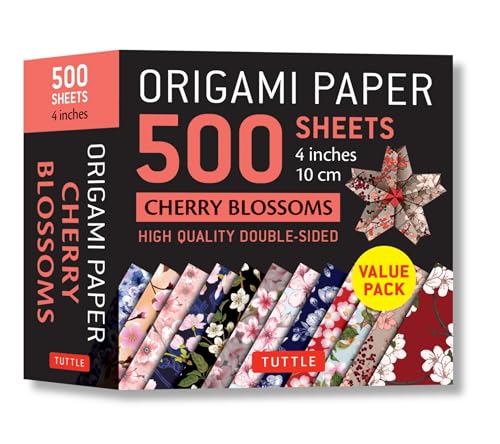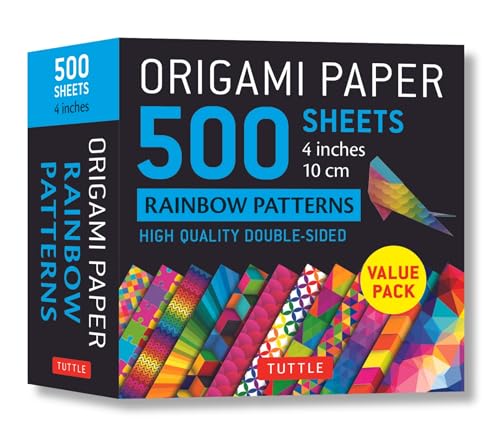Origami, the traditional Japanese art of paper folding, transforms simple sheets of paper into stunning three-dimensional objects. At the heart of this art form lies origami paper, a canvas that offers boundless creative potential. This article explores the world of origami paper, its types, and its role in creating intricate and beautiful artworks.
Origami Paper: More Than Just Paper
Origami paper is specially designed for paper folding. Unlike regular paper, it is thinner, allowing for easier folding and crisp creases, which are essential for complex models. Origami paper is usually colored or patterned, which adds to the aesthetic appeal of the finished piece. The standard size is a square, but it comes in various sizes, offering flexibility for different projects.
Types of Origami Paper
There are several types of origami paper, each suited for different kinds of models:
Kami: The most common and affordable type, it’s lightweight and ideal for beginners.
Washi: A traditional Japanese paper, known for its strength and texture, perfect for more durable models.
Tant: Heavier than kami, it comes in a wide range of colors and holds creases well, suitable for intricate designs.
Foil Paper: Thin metal foil laminated to a paper backing, it’s used for complex models that require holding shape.
The Art of Origami: Creativity and Technique
The essence of origami lies in its simplicity and the technical skill it demands. From basic folds like the valley and mountain folds to complex techniques like pleating and reverse folds, origami is as much an art as it is a science. Artists create everything from simple cranes and boxes to elaborate dragons and intricate tessellations, all from a single sheet of paper.
Origami in Modern Art and Education
Beyond traditional models, origami has found its place in modern art and design. Artists use origami to create stunning sculptures and installations. In education, origami is used to teach mathematical concepts, problem-solving, and spatial skills. It's an art form that appeals to both the logical and creative minds.
The Therapeutic Benefits of Origami
Origami is not just a creative outlet; it's also therapeutic. The focus and concentration required in paper folding can be meditative, providing a sense of calm and relaxation. It’s an activity that fosters patience, attention to detail, and a sense of accomplishment upon completing a model.
The Transformative Power of Origami Paper
Origami paper is more than just a material for art; it's a medium that challenges and inspires. It embodies the transformative power of art – turning a simple, flat sheet of paper into a three-dimensional masterpiece. In the world of origami, each fold is a step in a journey of creativity, precision, and imagination, unfolding stories and possibilities one crease at a time.
